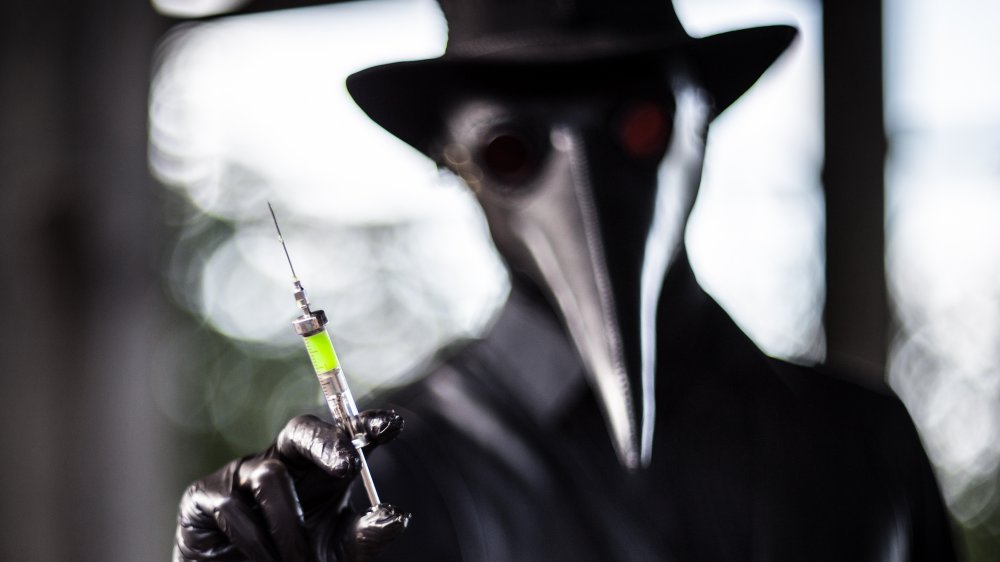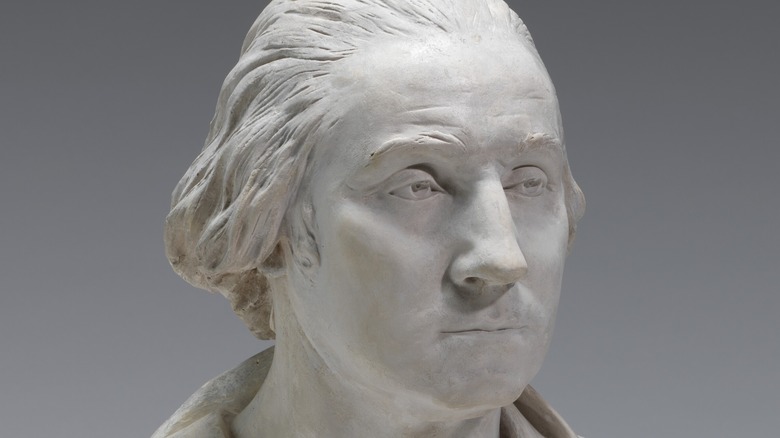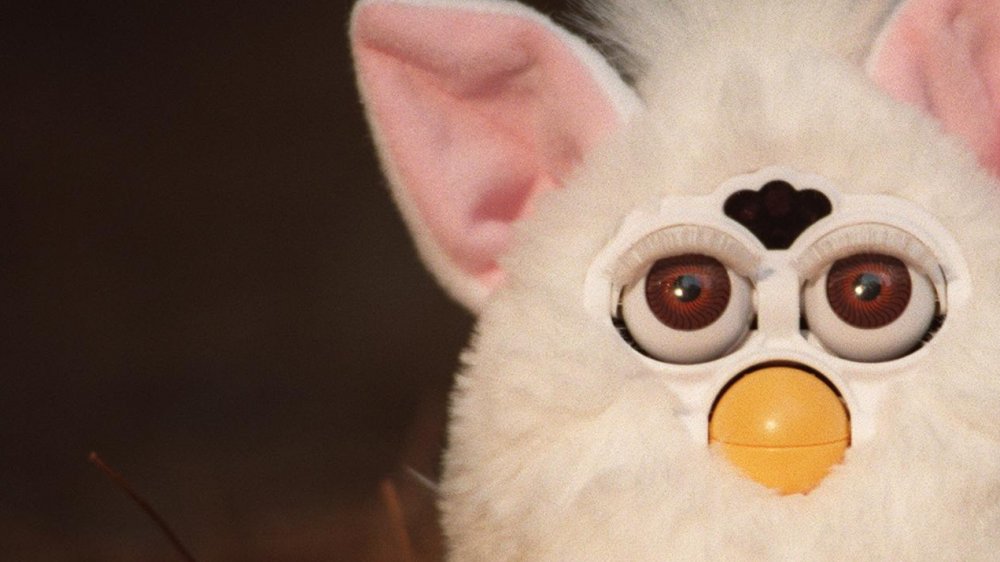
The Real Reason Plague Doctors Wore Masks With Beaks
The plague doctors’ robes and their masks with the long, birdlike beaks are among the most ominous outfits in history. Sure, they look kind of clumsy and goofy, and the wearer probably can’t see very much out of the eye holes, but hey — when your title and job description is “plague doctor,” you could probably dress like Macho Man Randy Savage and still end up a goth style icon.
Have you ever wondered about the practical logic behind that weird mask, though? It probably wasn’t a fashion statement back in the plague days, and it’s hard to see that giant beak serving any practical purpose, apart from possibly being able to poke unruly patients in the eye. Let’s find out the real reason why plague doctors wore masks with beaks.
A beak full of spices to keep the miasma away
According to Frances White of History Answers, the reason behind the plague doctor mask’s peculiar appearance was as sound by the medical science of the era as it is misguided by today’s standards. Back in the day, science believed that plagues such as the Black Death were spread by a vapor known as miasma, which was basically air that had gone very, very wrong. The mask was an attempt to combat the disease by stuffing the beak with nice smells, like spices, herbs and dry flowers. In reality, of course, the concept of miasma was completely imaginary, so the mask was basically just an elaborate air freshener.
Oddly enough, while the plague doctor has become something of a symbol of the Black Death, it’s very unlikely that the outfit was ever worn during this 14th century plague. In fact, historians tend to attribute the costume to Charles de Lorme, a French doctor who invented it in 1619 as a sort of “doctor version” of a head-to-toe armor. Doctors used it during the Plague of 1656, which tore through Italy and killed an estimated 300,000 people in Naples and 145,000 in Rome.

The Most Chilling Messages People Received Beyond The Grave

What Really Happened To The Sun-Worshipping Cocovore Cult
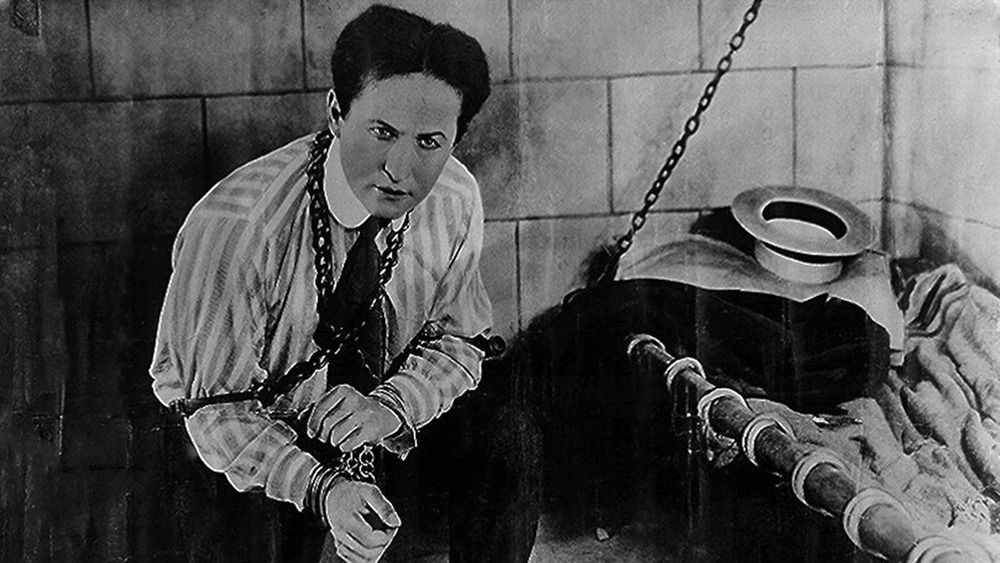
The Weird Request Houdini Made For The Pillow In His Coffin

The Truth About Energy Vortexes
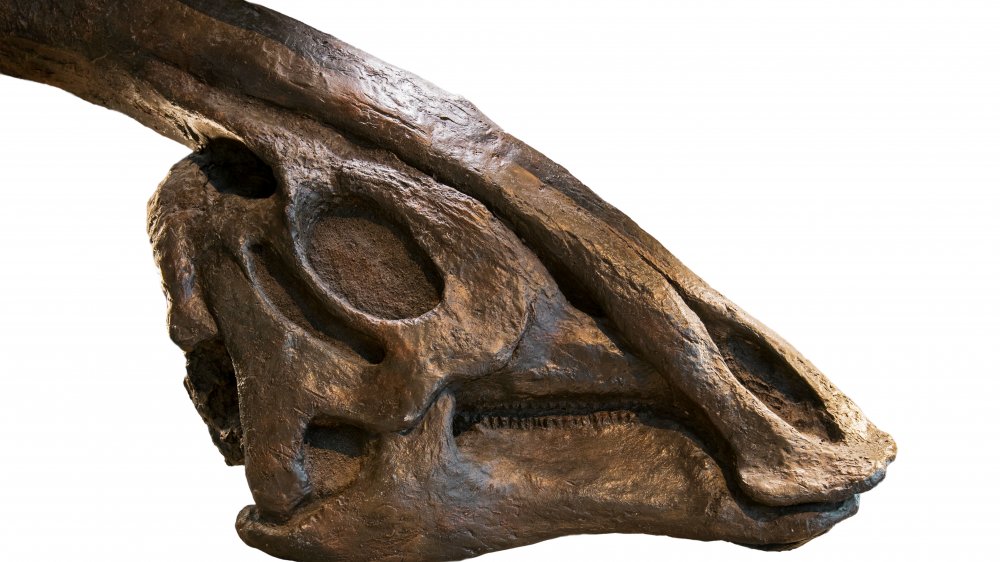
Scientists Collect Dinosaur DNA From Fossilized Skull

Scientists Grow 'Yarn' From Human Skin For Stitches
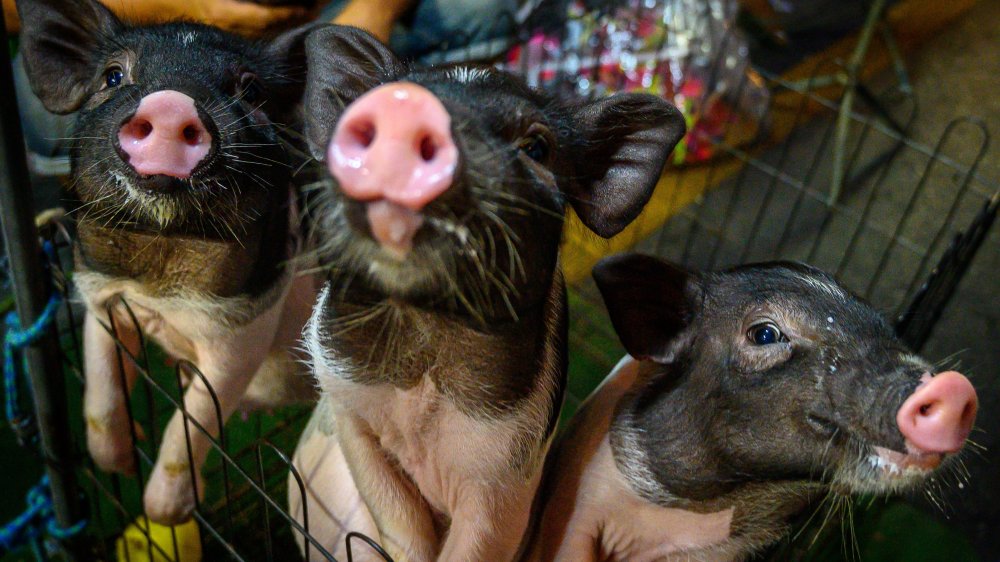
Sanctuary Seeking 'Piggy Cuddlers' To Socialize Rescued Swine
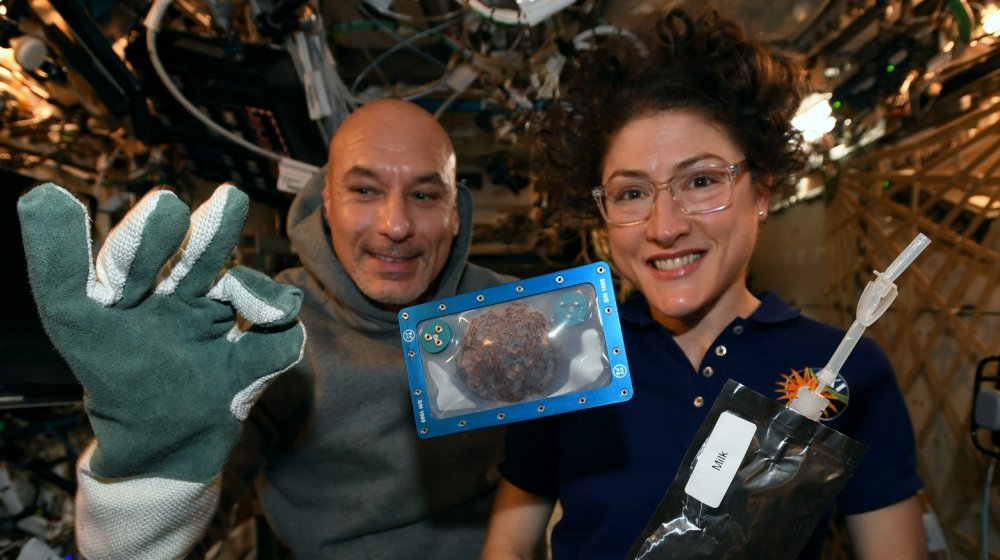
First 'Space Cookies' Return To Earth
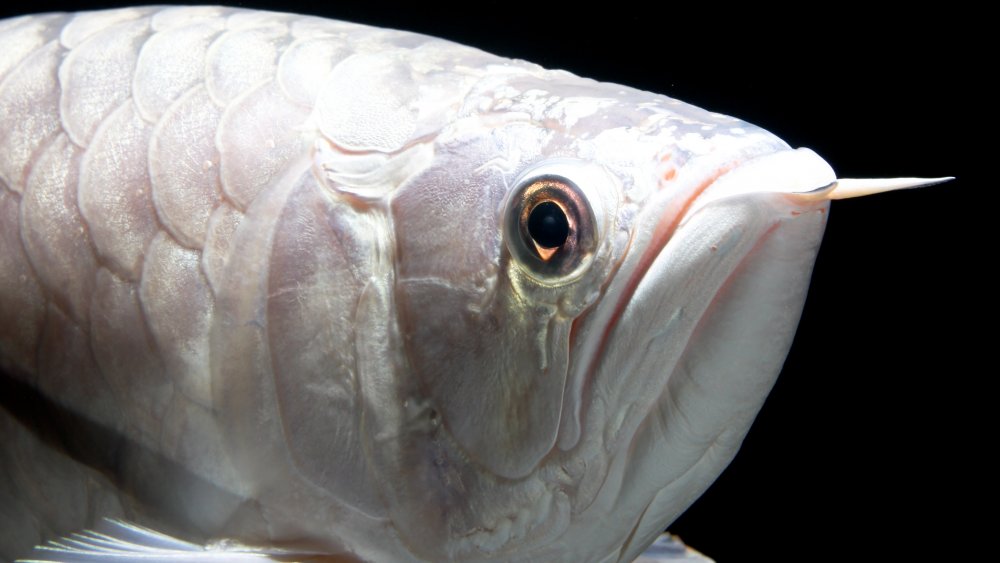
The Most Expensive Aquarium Fish In The World

The Untold Truth Of North Korea's Hotel Of Doom
